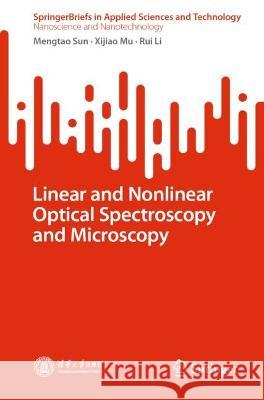Linear and Nonlinear Optical Spectroscopy and Microscopy » książka
topmenu
Linear and Nonlinear Optical Spectroscopy and Microscopy
ISBN-13: 9789819936366 / Angielski
Linear and Nonlinear Optical Spectroscopy and Microscopy
ISBN-13: 9789819936366 / Angielski
cena 483,04
(netto: 460,04 VAT: 5%)
Najniższa cena z 30 dni: 462,63
(netto: 460,04 VAT: 5%)
Najniższa cena z 30 dni: 462,63
Termin realizacji zamówienia:
ok. 22 dni roboczych
Dostawa w 2026 r.
ok. 22 dni roboczych
Dostawa w 2026 r.
Darmowa dostawa!
Kategorie:
Kategorie BISAC:
Wydawca:
Springer
Seria wydawnicza:
Język:
Angielski
ISBN-13:
9789819936366











